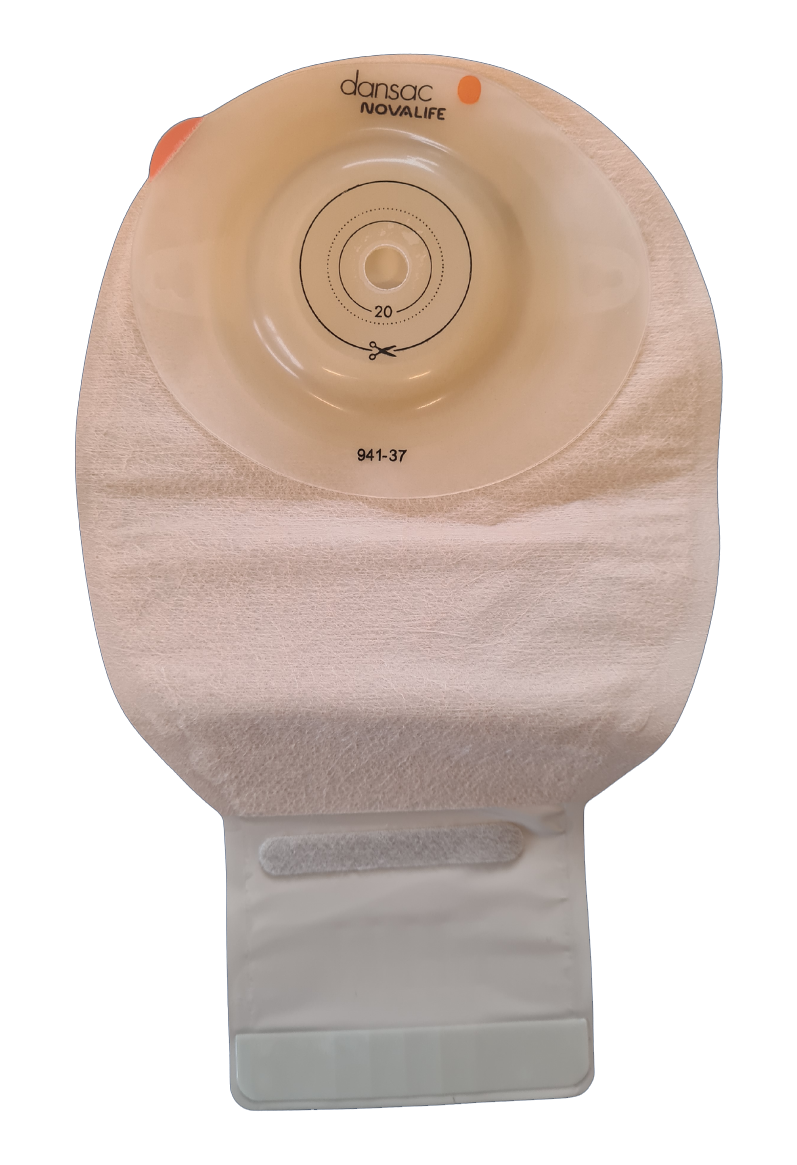
About Ileostomies
During ileostomy surgery, the ileum (also known as the small intestine) is brought through an opening located on the right side of the body near the abdomen. The new opening is referred to as the stoma.
There are two types of ileostomy procedures:
- Loop ileostomy
- End Ileostomy
The procedure determines which section of the ileum is used to form the stoma. In some cases the end of the ileum is separated from the colon and the end is brought through to an opening to form the stoma. In other cases a loop of the small intestine is use to form the stoma.
When an ileostomy is needed
An Ileostomy is typically needed as a result of upcoming or post-surgery on the small intestine, colon or rectum. This is done to prevent waste from passing through the small intestine and colon, which can affect the results of surgery.
Ileostomies are formed either temporarily or permanently. Temporary ileostomies give the colon time to rest and heal post-surgery which can usually take three to six months. Providing healing time is often a result of bowel cancer surgery, where only a limited section of the bowel has been removed.
Permanent ileostomies are often a result of diseases such as Crohn’s, where the colon becomes inflamed and irritated.
A loop ileostomy is the most common temporary ileostomy with end ileostomies typically resulting in a permanent stoma.
After care products and maintenance
With permanent ileostomies, it’s likely that you’ll agree with a nurse where you’d like the stoma to be on the body, at this stage a stoma nurse will also discuss how to care for your stoma.
Caring for ileostomy stoma’s involve a lot of after care and psychological transitions. Many suffer from feelings of self-consciousness and anxiety, however permanent stoma’s tend to provide a better quality of life which naturally disperses these feelings.
Ileostomy bags are designed to make life after surgery easier. They need changing often, usually between five and eight times a day, with skin irritation being a common after effect of the stoma.
The design of ileostomy bags include a drainable feature, so rather than changing the bag each time it is full it is instead drained. The bags are designed to combat leakage and provide comfort for the duration of the wear.

Pouch types
Ileostomy bags can be one or two piece. With adhesive flanges that can be cut and tailored to each individual stoma.
In two-piece systems, the flanges are separate from the bag so they can stay on the body for up to three days whilst the bag is interchanged. Flanges can come in a variety of shapes depending on the type of ileostomy surgery performed and where/how the stoma is situated on the body:
- Stomas which protrude evenly from the body are usually catered by bags with flat flanges
- Stomas can sit in a dip or crease and so the flanges need to be flexible
- Other variations of stomas can require convex or inverted flanges
Each stoma is different, and the type of bag recommended must be based on the individual, their lifestyle, and their stoma. That’s why we take the time to understand the type of ileostomy stoma you have and make independent, unbiased suggests that are unique to you.
Browse our Stoma Products
View each category of stoma we cater for and order free samples to find your best fit. Our range of colostomy bags, ileostomy bags, urostomy bags and other stoma accessories are just a phone call away.
Dispensing Nationally:











